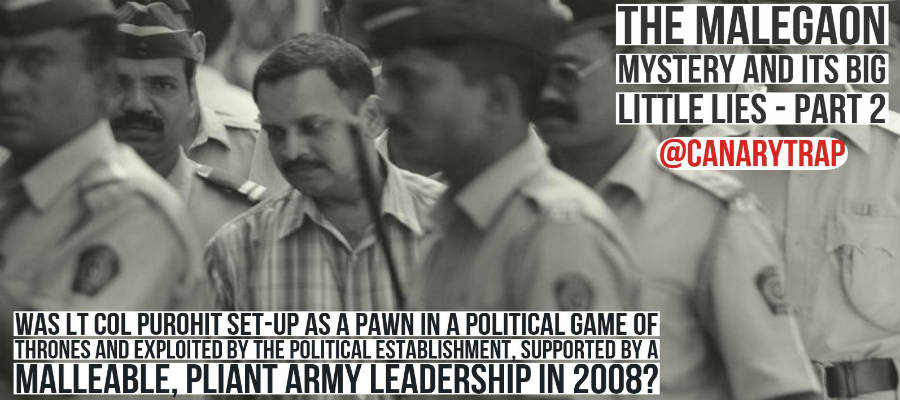 The Abbottabad Commission of Inquiry was set up to ascertain the full facts regarding the presence of Osama bin Laden in Pakistan; investigate the circumstances and facts regarding the US operation in Abbottabad on May 2, 2011; determine the nature, background, and causes of lapses of concerned authorities, if any; and make consequential recommendations.
The Abbottabad Commission of Inquiry was set up to ascertain the full facts regarding the presence of Osama bin Laden in Pakistan; investigate the circumstances and facts regarding the US operation in Abbottabad on May 2, 2011; determine the nature, background, and causes of lapses of concerned authorities, if any; and make consequential recommendations.
The report was submitted to then Pakistani PM Pervez Ashraf on January 2013 and is not in public domain.
Al Jazeera released the report on July 8, 2013. Canary Trap has a copy of the report and below are some of the interesting findings from the explosive report.
- Osama bin Laden was in Abbottabad since 2005. His diaries confirm this. Members of the neighborhood community in Bilal Town also saw the two couriers regularly over the nearly 6 year period.
- According to the testimony of the wives of OBL, Maryan – the wife of Ibrahim, and the diaries discovered in the house, OBL arrived in Pakistan sometime in the spring or summer of 2002. Apparently he stayed in Haripur for approximately two years from 2003 to 2005 and in Abbottabad from August 2005 till his death on May 2, 2011.
- The house where OBL and his family stayed for almost six years was hardly normal. It was isolated, large, with very high walls and barded wire. It was very peculiarly designed. It was actually designed for four separate families. In places the walls were 18 feet high. The house had a most unusual 7 foot screen wall on the top floor. There was no visitors, no coming and going of cars, no TV cable, and no telephone connections, no rubbish collection, none of the children went to school. There were no security guards for a house designed for security. None of this served to attract any notice from our intelligence, security and military personnel for almost 6 years. But it took the CIA almost no time to conclude that the house was probably a hideout for a HVT (high value target).
On the possibility of personnel or former personnel of the Pakistan government (military, intelligence and security agencies) in their involvement in providing support to OBL during his stay in Pakistan, the commission stated:
“No finding to this effect can be made in view of a lack of conclusive evidence. However, given the length of stay and the changes of residence of OBL andy his family in Pakistan, and the extend stay in Haripur and later in the Abbottabad Cantonment area, the possibility of some such direct or indirect and ‘plausibly deniable’ support cannot be ruled out, at least, at some level outside formal structures of the intelligence establishment. The extent of ‘radical Islamist’ influence in the armed forces has certainly been exaggerated by some foreign and Pakistani commentators. But it has assuredly been under estimated by senior military officials whom the Commission met.”
The Commission, while inquiring into how did OBL’s Compund, which was large and to an extent set apart with high walls and barbed wire, failed to attract the attention of intelligence and security officials over the years, stated:
“It is clear that someone from the civil administration, police, security and intelligence services should have noticed, but did not notice, anything odd about the Compound over so many years. This in itself was an extraordinary example of intelligence and security incompetence and laxity at the very least. To crown it all, the OBL house was enumerated in a house survey with the comment that it was ‘be-chiragh’ i.e. uninhabited! Since August 2005, there was never less than 25 people living in it! The extent of incompetence, to put it mildly, was astounding, if no unbelievable.”

